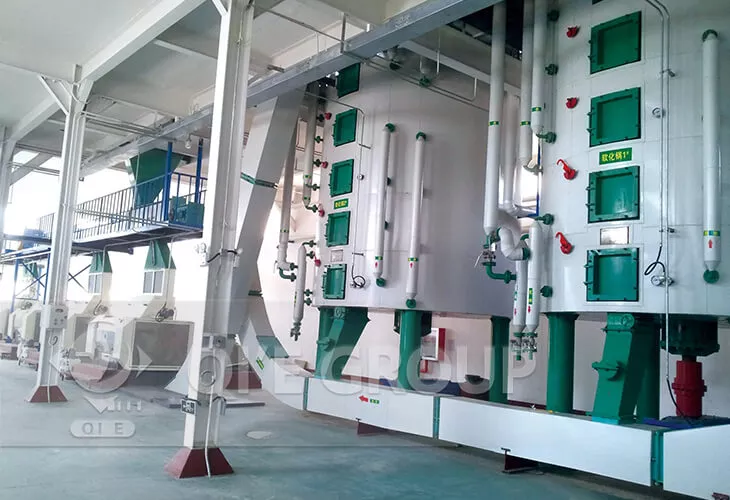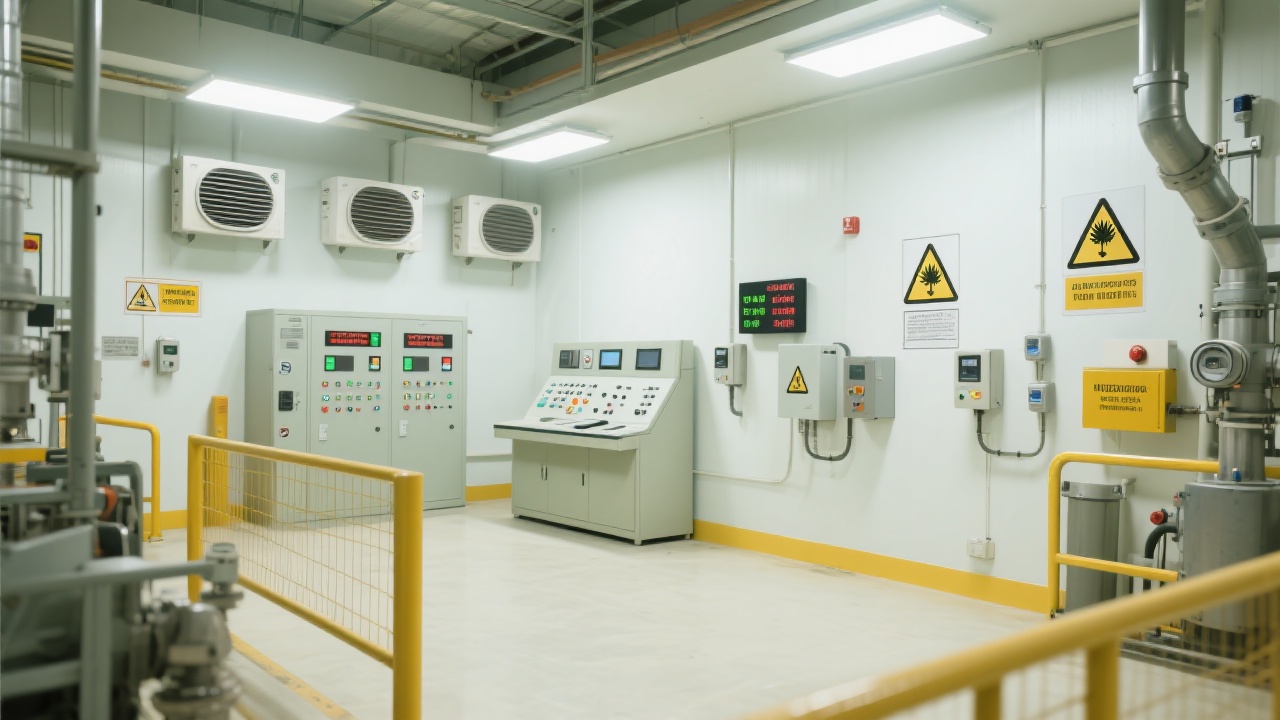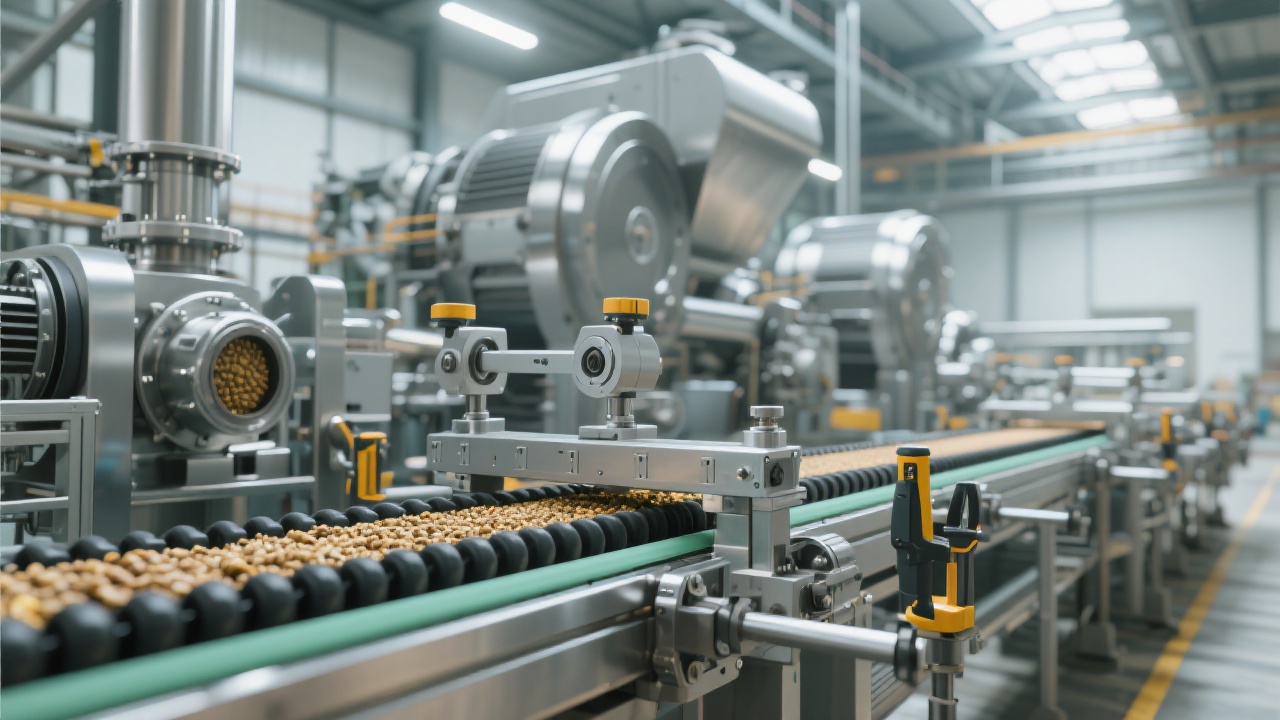
Before delving into the maintenance and selection of SPC (Soy Protein Concentrate) production equipment, it's essential to understand its fundamental principles and core process nodes. The SPC production process mainly involves several key steps: low - temperature extraction, desolventizing, drying, and grinding.
Low - temperature extraction is crucial as it helps preserve the nutritional value of soy protein. During this process, the soybeans are treated at a relatively low temperature to extract the protein. Subsequently, the desolventizing step removes any remaining solvents from the extracted protein. Drying is then carried out to reduce the moisture content, and finally, grinding ensures a fine - textured end - product.

Different production capacities require different equipment configurations. Let's take a look at the differences among 30t, 500t, and 1000t daily production capacities.
| Production Capacity | Equipment Configuration | Applicable Scenarios |
|---|---|---|
| 30t/day | Small - scale equipment with relatively simple automation. It usually has lower power consumption and is suitable for small - to - medium - sized feed mills or food processing enterprises with limited production requirements. | Ideal for start - up companies or those with a niche market, where the demand for SPC is not very high. |
| 500t/day | Medium - sized equipment with enhanced automation and more advanced control systems. It can handle a larger volume of raw materials and has a higher production efficiency. | Suitable for medium - sized food processing enterprises that need to meet a certain market demand but do not require extremely large - scale production. |
| 1000t/day | Large - scale, highly automated equipment with advanced technology and high - capacity processing capabilities. It often comes with sophisticated monitoring and control systems. | Designed for large - scale food processing giants that need to supply a vast market and require high - volume, stable production. |
Proper maintenance is the key to ensuring the long - term stable operation of SPC production equipment. Here are some important maintenance details:
Regularly check the equipment for any signs of wear and tear, such as loose bolts, leaks, and abnormal noises. Clean the equipment after each production cycle to prevent the accumulation of residues. Lubricate moving parts as required by the manufacturer's instructions.
Install sensors and monitoring systems to detect potential faults in advance. For example, temperature sensors can monitor the temperature during the extraction and drying processes, and pressure sensors can detect any abnormal pressure changes. Set up alarm thresholds so that operators can be notified immediately when a problem occurs.
Well - trained operators are essential for the proper operation and maintenance of the equipment. Provide comprehensive training on equipment operation, safety procedures, and basic maintenance knowledge. Regularly update the training content to keep up with the latest technology and best practices.

Let's look at a real - world example. A medium - sized food processing enterprise optimized the layout of its SPC production line. By rearranging the equipment in a more logical order, it reduced the transportation distance of raw materials and semi - finished products. As a result, the enterprise achieved a 15% reduction in energy consumption and a 20% increase in production stability.
This shows that a rational layout can significantly improve energy efficiency and production stability. When designing the production line, consider factors such as the flow of raw materials, the convenience of operation, and the ease of maintenance.
To help you make more informed decisions, we provide some practical tools. The selection evaluation table can assist you in comparing different equipment models based on your production capacity, budget, and other requirements. The maintenance checklist ensures that all necessary maintenance tasks are carried out regularly.

Don't let improper equipment selection or maintenance lead to production interruptions and increased costs. By following the guidelines in this article, you can extend the service life of your SPC production equipment, improve production efficiency, and enhance product quality. If you want to learn more about SPC production equipment selection and maintenance, click here to access our exclusive resources and solutions.

